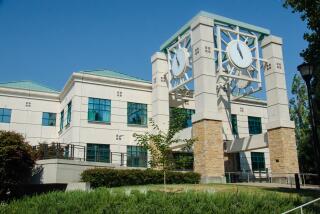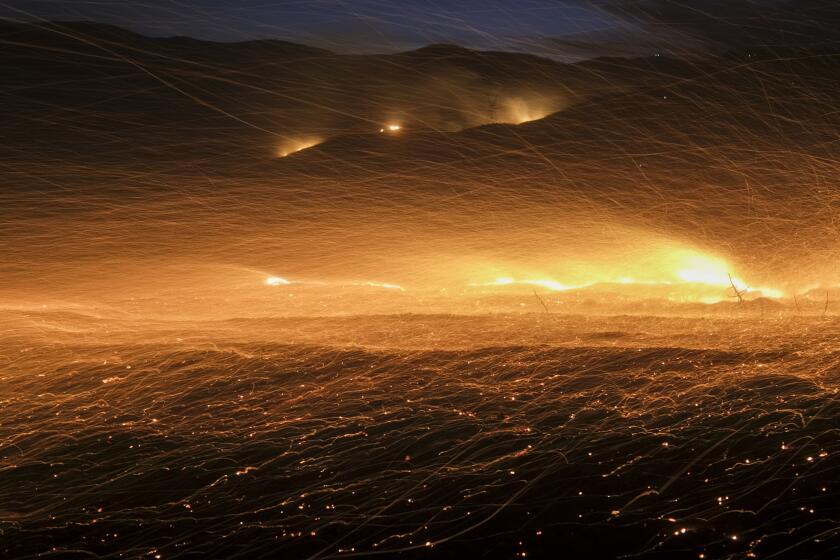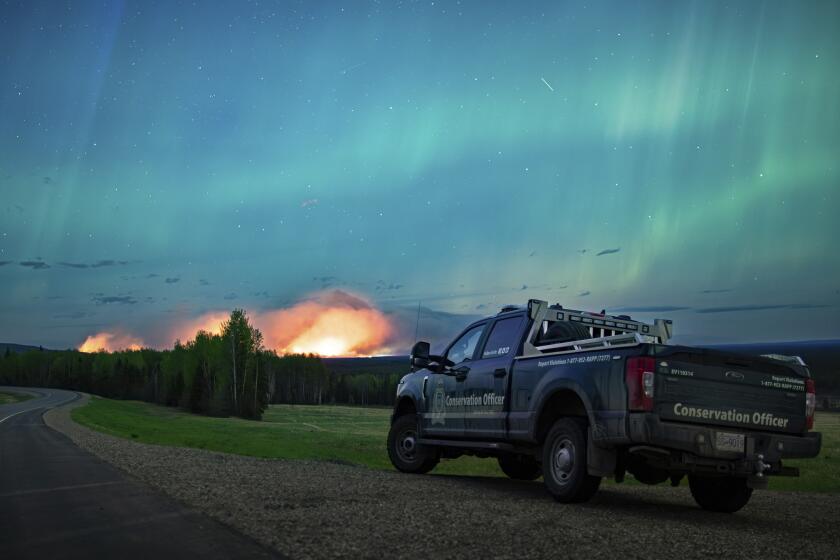She Has Yet to Get Back All She Lost
News of Monday’s firestorm in Lemon Heights brought back painful memories to Sheila Patterson. Her heart went out to those who lost their homes.
“These poor people are going to be in for quite an adventure,” said Patterson, whose own home burned to the ground in the 1993 Laguna Beach blaze. “At first, they’ll be in shock. But soon enough they’re going to realize how really bad it is. People have no idea.”
Patterson, an attorney, hopes to move into her rebuilt home on Buena Vista Way by Thanksgiving. “It’s been a real gantlet,” she said. “In the beginning, I was so naive I didn’t want to sign a one-year lease” for temporary housing. “Now I’m on my third rental in three years.”
She isn’t alone. Only one of nine neighbors burned out by the fire have moved back. Two more hope to return by Christmas, and another is just beginning to rebuild. The rest are selling their empty lots, too exhausted or distraught to make the effort.
Laguna Beach officials said they expect about 85% of the 286 homes destroyed by the fire within the city limits to be rebuilt by the end of the year. And many homeowners, particularly those in the Mystic Hills area, have had a year or more to settle in.
“We came out great,” said Gerry Cohen, who moved back to his neighborhood last October. “For us, it was almost a blessing in disguise. Our [new] house is much much nicer.”
But for Patterson, the ordeal was anything but a blessing. She started out on a friend’s couch, scrambling to replace clothes destroyed by the fire and to find a rental in a suddenly scarce market.
Immediately she tried tracking down the original architect, but learned he was retired and had destroyed the plans. Within two months, Patterson found a substitute, and believed she was on her way to rebuilding. But it still took nearly two years before she received a building permit after lengthy surveys, geological reports and design reviews.
“Everybody was nice and well-meaning,” she said. “A lot of the delays couldn’t be helped. They still had to follow the rules. You can’t cut corners just because of something like this.”
As the clock ticked, Patterson’s insurance coverage for replacement housing ran out. For the past year, she’s been paying a mortgage and rent.
Construction of the home--now stucco and tile, with a cement roof--took another year. Like most of the rebuilt homes, it is larger than the original, but lacks the ramshackle, decades-old charm of the wooden 1950s-style structure.
Now that construction is nearly finished, Patterson visits the site frequently, but without the excitement she expected.
“More than anything, I’m burned out,” she said. “It’s almost anti-climactic at this point. But at least I’ll have it back.
“You hear about people becoming very ill, marriages breaking up, people living in rest homes because they just didn’t have it in them to make the fight,” she said. “For some people it meant way more than what they lost materially.”
More to Read
Start your day right
Sign up for Essential California for news, features and recommendations from the L.A. Times and beyond in your inbox six days a week.
You may occasionally receive promotional content from the Los Angeles Times.






